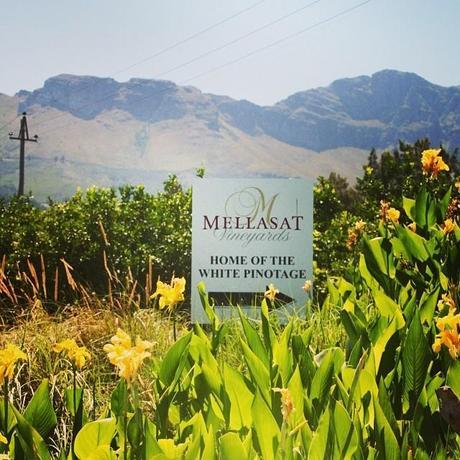 Mellasat Vineyards lies at the foot of the Du Toitskloof pass and as you drive towards the Estate, it feels like the Klein Drakenstein mountains are hugging you from all sides. With the mountain standing big and majestic in front of you, it is like discovering a new corner of the wine route. A bit off the beaten track, past horses and the enchanting Paarl countryside.
Mellasat Vineyards lies at the foot of the Du Toitskloof pass and as you drive towards the Estate, it feels like the Klein Drakenstein mountains are hugging you from all sides. With the mountain standing big and majestic in front of you, it is like discovering a new corner of the wine route. A bit off the beaten track, past horses and the enchanting Paarl countryside.
Mellasat released the first commercially available white wine in the world to be made from 100% Pinotage grapes in 2007. Pinotage, a red grape, is unique to South Africa. Whole bunches are pressed softly to prevent the juice from obtaining color from the skins. It is then fermented and matured in 300 liter Romanian Oak Barrels for 10 months.
So what does it taste like? Well, you can mistake the wine for a Chardonnay but it also has some elements of Viognier. There is tropical fruit on the nose, I think a bit of banana and a creamy, nuttiness on the palate. Definitely a wine to put on your list of wines to taste!
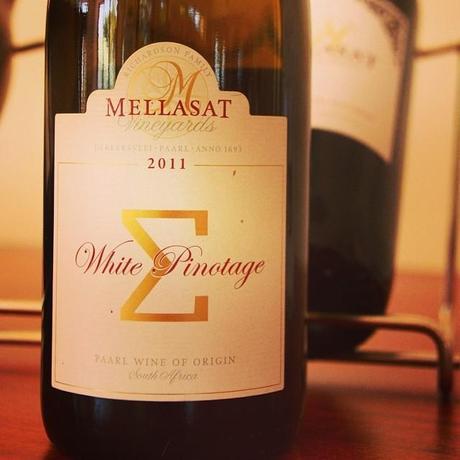
Facts about Romanian Oak Barrels:
We all know about French or American Barrels but what is Romanian Barrels?
Romanian oak barrels are similar to French but less expensive. The Romanian oak forests are found along the same longitude as similar oak forests in France. The characteristics of these types of oak gives wine an exceptional aromatic potential. Romanian oak quality has been recognized by many French wine producers in Europe. French barrel manufacturers started using Romanian oak in the eighteenth century. A recent study conducted in France on the oenological potential of European oak stated that Romania is part of the very small group of countries that can supply the best quality wood for barrel production.
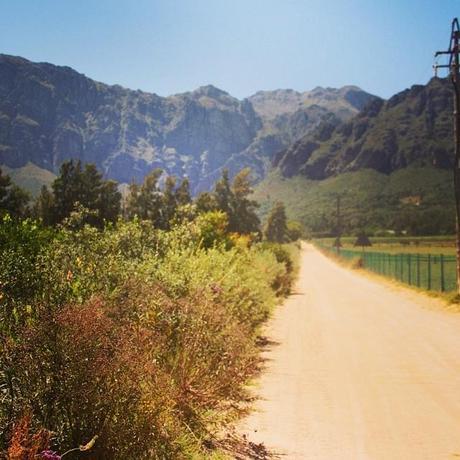
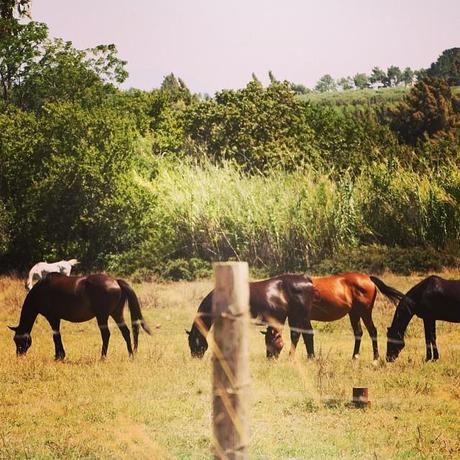
Terroir:
'the complete natural environment in which a particular wine is produced, including factors such as the soil, topography, and climate.'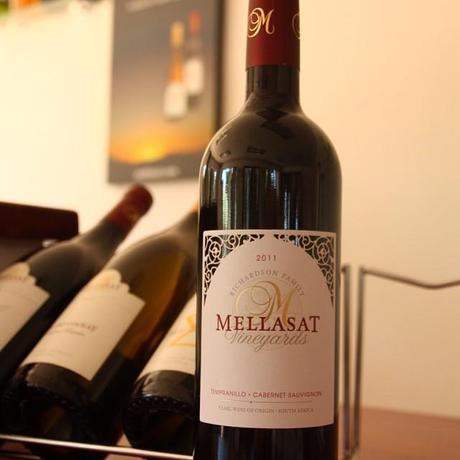
Stephen was so kind to answer some questions. What intrigued me was that he is British, making wine in South Africa and doing something different with our unique Pinotage. And then he has this amazing concept of “The Cemetery of Forgotten Wines.” But let him explain all of this to you!
1. Where are you from?
I’m originally from the UK, to be precise a farming family from the county of Norfolk – our farm grows wheat, malting barley and sugar beet. I also have an interest and hold a non-executive directorship in a brewery there called Woodforde’s.
2. How did an Englishman decides to become a winemaker?
My grandfather had a fantastic collection of Bordeaux and Burgundy wines, and he introduced me to the nuances of fine wine in my late teens. I was intrigued by the concept of terroir and identified a site on our Norfolk farm where I could plant vines, but the biggest issue was the lack of suitable sunshine and warmth so the idea was abandoned. In the early 90’s I visited SA and the concept of growing and making wine came back to me……………the rest, they say, is history!
3. How did you choose Dekkersvlei to settle in?
The previously mentioned visit to SA re-established my interest in making wine. I had relations here but not involved in wine, but the level at which you could invest and develop a wine farm was more conducive than in other countries, although there weren’t so many boutique wineries at that time. After several research trips I bought part of the farm Dekkersvlei with its Victorian homestead and buildings in 1996, then spent two to three years on renovations, re-planting vines and equipping the winery before I made my first vintage in 1999. Harvest 2014 will mark my 16th vintage of making wine at Dekkersvlei!
4. Please tell me more about the Romanian Barrels that you use with your White Pinotage?
I made my first vintage of White Pinotage in 2007 and used just one barrel for the experiment as I didn’t want to occupy tank space in case it didn’t work successfully. The experiment worked very well and I sold all the resultant cases of wine at a wine show later that year! Romanian oak is slightly cheaper than French oak yet retains the finesse of the latter. Barrel fermenting the White Pinotage, and subsequent battonage (lees stirring), is essential to bring out the richness of the wine’s unique flavor profile yet maintaining a creamy, marshmallow texture to the finished wine. Each vintage often has 15% of new Romanian oak barrels as part of its oaking regime, so it’s made in a serious style.
5. How many hectare of vine on your farm?
There are eight hectares of vines on the farm made up of Chenin Blanc, Chardonnay, Viognier, Cabernet Sauvignon, Shiraz, Pinotage and the Spanish red grape variety Tempranillo. We also have an orchard of guavas.
6. I've heard of the ghost on the farm. Tell me more?
There were always rumours of a ghost at Dekkersvlei although I’ve not personally seen it, some people just sense something on occasions!
7. What does Mellasat mean?
It’s an anagram of letters taken from our Christian names! Dekkersvlei, as a farm, goes way back to 1693 and has been sub-divided over the years, so there are several properties with the same name. Mellasat gives a uniqueness to our wine brand and has an international, almost French style ring to it. Our Dekker’s Valley range of wines, however, does pay some hommage to the original farm name.
8. How did you get the idea for “The Cemetery of Forgotten Wines”?
The idea was derived from the books of Spanish author Carlos Ruiz Zafon whose books had a fabled “Cemetery of Forgotten Books”. My idea to house a collection of old, bizarre, one-off or limited edition wines in our underground cellar. The oldest wine dates from 1929 and includes wines from around the world not just SA. Furthermore, the “lamenter” (any person that donates at least three bottles as such) can receive a bottle of our current vintage in return. There’s no guarantee of quality or drinkability of the wines interred but it’s more to do with the unique and interesting stories of the labels themselves, you could really call it a museum but the “Cemetery of Forgotten Wines” sounds more appropriate for these venerable old bottles and, of course, the ghosts of Dekkersvlei!
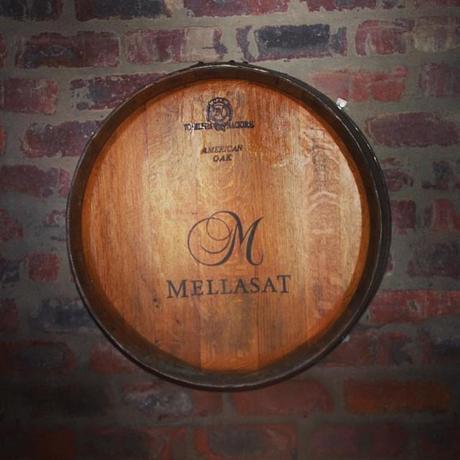
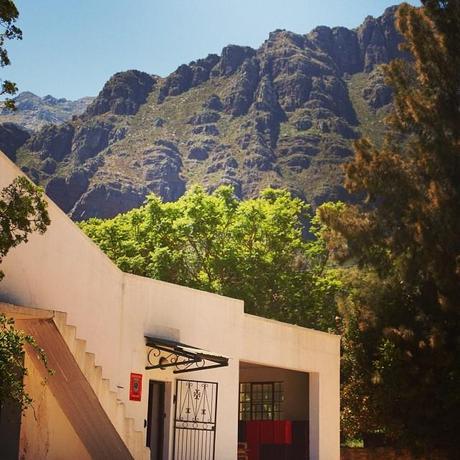
Mellasat Vineyards
Home of the White Pinotage
Presents
The Pop-Up Restaurant
Last November Mellasat held their first “pop-up” restaurant with the theme of Spring, which was very successful. This coming weekend is the Summer themed pop-up restaurant. Stephen's wife, Janet, is a chef with 20 years experience around the world and she is producing an innovated menu with local and seasonal ingredients to go with the quality range of wines. Make a booking for you and your family to enjoy Stephen and Janet's hospitality in this spectacular position.
Saturday 1 February 2014: 12pm – 3pm and 6pm – 9:30pm
Sunday 2 February 2014: 12pm – 3pm
www.mellasat.com
Keerweder Road, Klein Drakenstein, Paarl
Tel: +27 (0) 21 862 4525
Email: [email protected]
Directions:
Exit the N1 highway at Junction 62A (Sonstraal Road), left at the top of the exit ramp, proceed shortly to a stop street and continue straight over. Proceed shortly to another stop street (adjacent to a BP garage), turn right onto Keerweder Road. Proceed for 2 kms, turn right onto a gravel road (immediately past the horse farm) with directions to Mellasat, our entrance is the first on the right after approximately 1 km on the gravel road.

